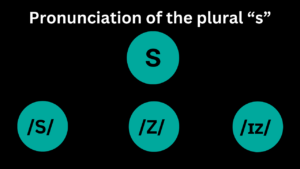Introduction
The human body is made up of a complex network of organs and systems that work together to keep us alive and functioning. In this article, we will take a closer look at some of the key organs in the body. We will discuss the lungs, kidneys, reproductive system, intestines, red blood cells, stomach, and liver.

Lungs
The lungs are one of the most important organs in the body. They are responsible for bringing oxygen into the body and removing carbon dioxide. The lungs are located in the chest and are made up of a network of tubes and air sacs. When we inhale, the air is brought into the lungs, and oxygen is absorbed into the bloodstream. The carbon dioxide that is produced by the body’s cells is then exhaled out of the lungs.
Kidneys
The kidneys are another vital organ in the body. They are located in the lower back and are responsible for filtering waste products from the blood. They regulate blood pressure and control the balance of fluids and electrolytes in the body. The kidneys also produce hormones that regulate red blood cell production and promote bone health.
The reproductive system
The reproductive system is responsible for the production and fertilization of eggs and sperm. In females, the reproductive system includes the ovaries, fallopian tubes, uterus, and vagina. In males, the reproductive system includes the testes, vas deferens, prostate gland, and penis. The fertilization of an egg by a sperm results in a pregnancy.
The intestines
The intestines, which include the small intestine and large intestine, are responsible for the digestion and absorption of food. The small intestine is where most of the absorption of nutrients takes place, while the large intestine is responsible for absorbing water and electrolytes. The intestine also houses a diverse population of beneficial bacteria called the gut microbiome, which is essential for overall health.
Red blood cells
Red blood cells, also known as erythrocytes, are responsible for carrying oxygen to the body’s cells. They are produced in the bone marrow and are shaped like flattened discs. They are unique in that they contain a protein called hemoglobin, which binds to oxygen and enables red blood cells to transport it through the bloodstream.
The stomach
The stomach is a muscular sac located in the upper abdomen. It is responsible for the mechanical and chemical breakdown of food. The stomach produces acid and enzymes that break down food and mix it with stomach secretions before it is passed on to the small intestine.
Liver
Finally, the liver is a large organ located in the upper right part of the abdomen. It is responsible for many important functions, including the metabolism of carbohydrates, proteins, and fats, the production of bile, and the detoxification of harmful substances. The liver also plays a role in regulating blood sugar levels and blood clotting.
Conclusion
To conclude, the human body is made up of a complex network of organs and systems that work together to keep us alive and functioning. The lungs, kidneys, reproductive system, intestines, red blood cells, stomach, and liver are all vital organs that play important roles in maintaining our health. It is important to take care of these organs and to seek medical attention if you suspect any problems.






